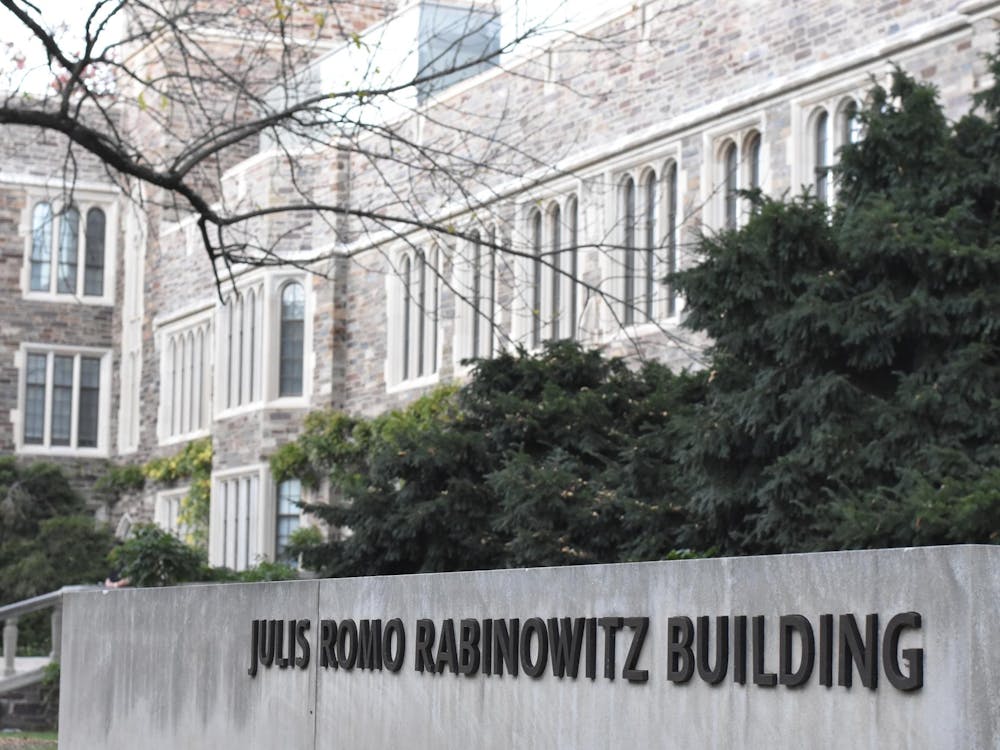Regarding “Problems with multi-club Bicker” (Monday, May 10, 2010)
Your editorial takes issue with a recommendation that the Eating Club Task Force did not make. We did not propose reinstituting multi-club Bicker. What we did propose is an alternative selection process that we believe evokes a central feature of multi-club Bicker—the placement of every student who wishes to be in a club as part of a single process. But this is not the same thing as proposing that students engage in bicker conversations at more than one club.
In fact, what we expect is that students who are interested in a selective club would bicker at that club (and probably only at that club), and we expect that clubs would continue to conduct bicker interviews much the way they do now. What would change under the task force proposal is what happens at the end of the club selection process. At that point, all students interested in joining a club — selective or open — would submit a ranked list of preferences, and the selective clubs would submit lists of students they would like to admit. A computer program would make matches based on the preferences submitted by students and any preferences submitted by the clubs. Each student would be assigned to his or her highest-ranking available choice.
Meetings this past week with the Graduate Interclub Council and the Interclub Council have helped to identify aspects of this proposal that still need to be worked out. Under the proposal, students who currently are successful in gaining admission to the selective clubs would likely achieve the same result, as would students who currently join open clubs in the first round of sign-ins. The advantages of the proposal are that no student has to go through a period of having been rejected from his or her only choice; all sign-ins occur at the same time, not in a two-step process; and all the clubs can welcome all their new members at the same time. In addition to providing greater privacy for students, this system would be much easier to describe to potential applicants and admitted students, since every student interested in a club would get placed as part of a single process.
Your editorial echoed the task force in calling upon the clubs to do a better job of reaching out to a broader range of students outside of the selection period. We heard from many students and alumni who regretted that they did not have as full an appreciation of the clubs as they would have liked when they made their social and dining choices in the middle of sophomore year. Some of this outreach can be achieved through better communication (as the task force proposes), but some may depend on providing more opportunities for freshmen and sophomores to gain first-hand experience of day-to-day life in the clubs.
Robert K. Durkee ’69
Vice President and Secretary
Chair, Eating Club Task Force








